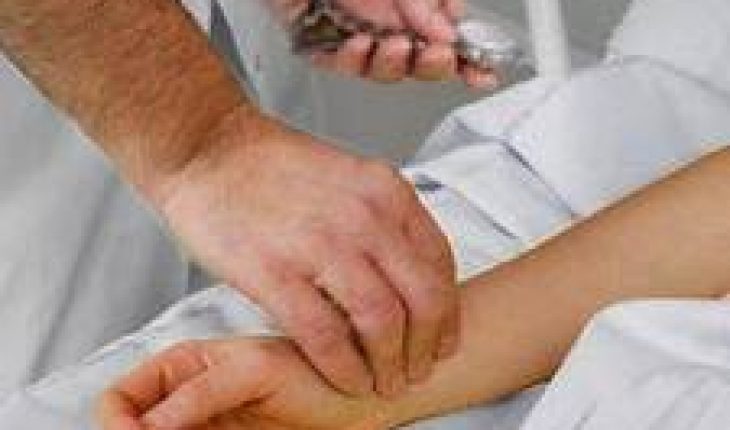A pulse rate or heart rate refers to the number of times the heart beats in a minute which is also referred to as beats per minute (bpm). The pulse rate can be used to determine serious health issues, hence it is often the first point of check during a physical examination or emergency cases. The pulse rate can normally be felt on parts on the body where an artery (blood vessel) is in close proximity to the skin, such as the wrist (radial pulse), neck (carotid pulse) and upper arm (brachial pulse).This can be detected from a strong or faint throbbing in these areas when a little pressure is applied with the finger. The easiest way to measure the pulse rate is to use a fixed time interval, usually between fifteen (15) and twenty (20) seconds then multiplying the results to arrive at the number of throbs in a minute.
How to calculate your Pulse Rate
For an average person, a normal pulse rate will range from 60 and 100 beats per minute when at rest, that is when an individual is awake but not yet out of bed. The pulse rate changes in response to activity demand, hence the pulse rate will be faster when exercising, stressed or when a fever is present.It slows down when it is in a state of rest. If the rate is less than 60 bpm then your pulse rate is too low, this condition is known as Bradycardia and if your pulse rate is above 100 bpm then this could be an indication of Tachycardia. Additionally, if your pulse rate rhythm is irregular then the condition is referred to as Arrhythmia. Trained athletes however can have pulse rate at rest, lower than 60bpm, their heart can adequately pump enough blood at a lower pulse rate because they are physically active.
The highest pulse rate for any individual is 220 bpm minus your age. A healthy person should achieve a pulse rate of 60 to 80 percent of this value during or after exercising. Hence for a person who is 50 years old, the desired pulse rate is calculated as follows 220-50=170 bpm. This means the fastest pulse rate you should have at age 50 is 170 beats per minute. It is recommended that individuals do not exercise beyond 85% of their maximum pulse rate as this could increase the chance of cardiovascular and orthopedic threat without any additional benefit.
How to achieve a targeted Pulse Rate
To achieve a pulse rate target zone of 60 to 80 percent of your highest pulse rate, you can be start by using your highest pulse rate then multiplying by 0.6 and 0.8 respectively, to find the range of pulse you should have after a vigorous exercise. A good method is to measure pulse rate before, halfway into exercise and after exercise. If throughout your exercise your pulse rate goes beyond the 80 percent mark, then it is advised that you moderate the exercise equally. If the pulse rate falls below target after workout, then the intensity should be increased in a successive exercise.
It should be noted that if you use pace makers or heart disease then pulse rate may not be the same as someone without.





